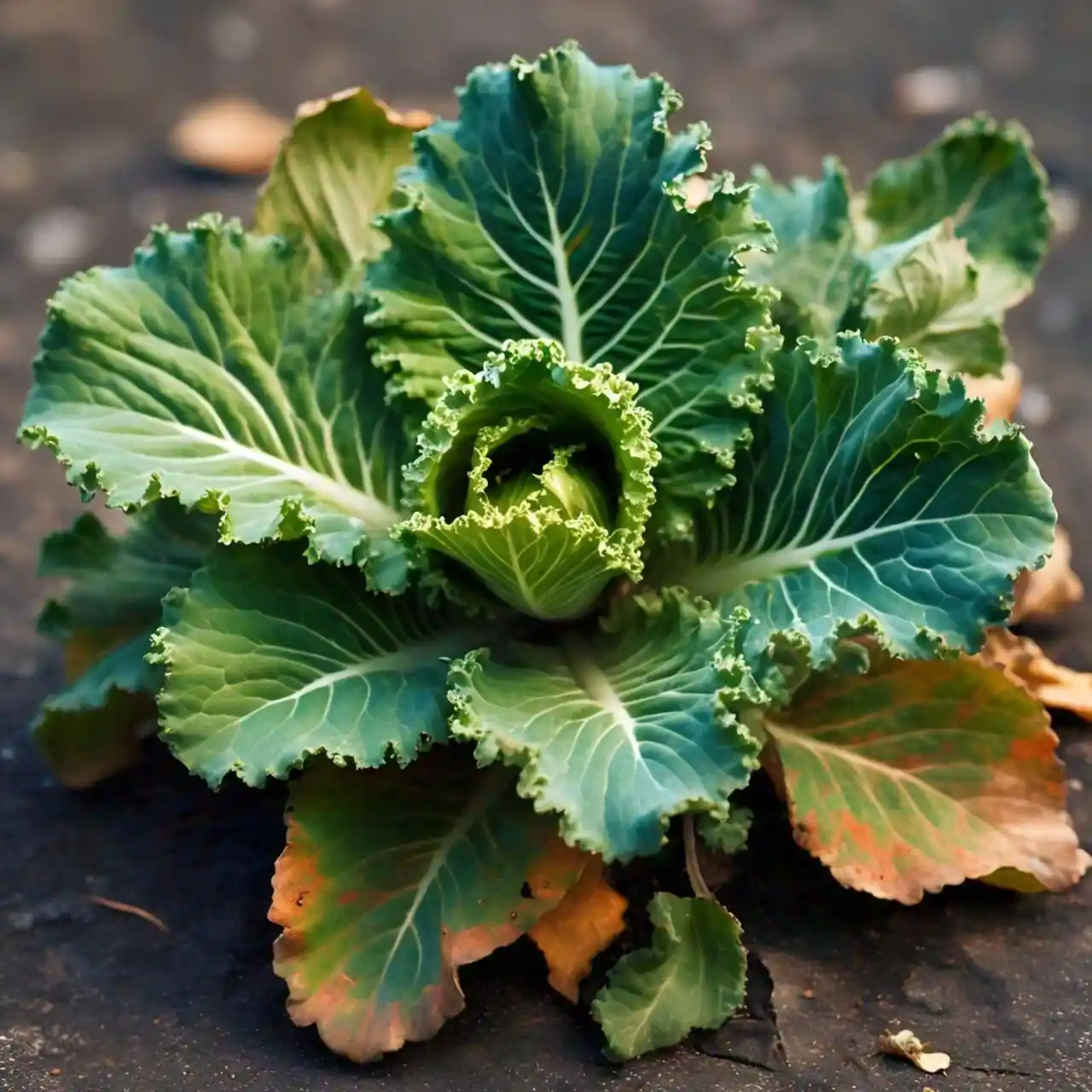
Identifying and Managing Weeds That Resemble Cabbage
In this article, we will discuss how to identify and manage weeds that resemble cabbage in your garden. We will provide tips on how to differentiate between these weeds and your prized cabbage plants, as well as techniques for effectively controlling and eradicating them. By being able to identify these imposters, you can ensure the health and vitality of your cabbage crop.
How can I distinguish between cabbage plants and weed imposters?
Cabbage plants have distinct features that set them apart from weeds that may resemble them. Cabbage leaves are smooth and have a waxy texture, while weed leaves may be rough or hairy. Cabbage plants also have a tight, compact growth habit, whereas weeds may appear more sprawling or invasive.

Additionally, cabbage plants typically have a strong, cabbage-like odor when crushed, which can help you differentiate them from weeds.
To accurately identify cabbage plants in your garden, it is helpful to familiarize yourself with their specific characteristics and growth habits. Regularly inspect your plants for any signs of pests or disease, as this can also help you distinguish between cabbage and weed imposters.
What are some common weeds that resemble cabbage?
Some common weeds that may resemble cabbage include wild mustard, shepherd’s purse, and hairy bittercress. These weeds often grow in close proximity to cabbage plants and can easily be mistaken for them, especially in the early stages of growth.
By learning to identify these weeds and their unique characteristics, you can prevent them from competing with your cabbage crop for nutrients and sunlight.
Wild mustard, for example, has serrated leaves and a distinct mustard-like odor, while shepherd’s purse has heart-shaped seed pods that resemble the purse of a shepherd. Hairy bittercress, on the other hand, produces small, white flowers and has a bitter taste when consumed.

How can I effectively manage weeds that resemble cabbage?
One of the most effective ways to manage weeds that resemble cabbage is through regular weeding and cultivation practices. By regularly inspecting your garden and removing any weeds that you find, you can prevent them from spreading and compete with your cabbage plants for resources.
Cultivating the soil around your cabbage plants can also help to disrupt weed growth and minimize their impact on your crop.
In addition to manual weeding and cultivation, you can also use mulch or weed barriers to suppress weed growth and create a barrier between weeds and your cabbage plants.
Mulching with organic materials such as straw or compost can help to smother weeds and prevent them from germinating, while weed barriers made of plastic or fabric can physically block weed growth.

What are some organic methods for controlling weeds in the garden?
There are several organic methods for controlling weeds in the garden without the use of harmful chemicals. One common method is hand-pulling weeds, which involves manually removing weeds from the soil by their roots. This method is effective for small weed populations and can help prevent weeds from spreading.
Another organic weed control method is smothering, which involves covering the soil with a thick layer of mulch or organic materials to prevent weed growth. This method deprives weeds of sunlight and prevents them from germinating, effectively suppressing their growth and development.
How can I prevent weeds from returning to my cabbage garden?
Preventing weeds from returning to your cabbage garden requires ongoing maintenance and vigilance. One way to prevent weeds is to practice good garden hygiene, such as removing garden debris and fallen leaves that can harbor weed seeds.
Regularly cultivating the soil and applying mulch can also help prevent weed seeds from germinating and establishing in your garden.
Additionally, rotating your crops and practicing crop diversity can help reduce weed pressures in your garden. By planting a variety of crops and rotating their locations each season, you can disrupt weed growth cycles and minimize the risk of weed infestations in your cabbage garden.

Conclusion
By learning to identify and manage weeds that resemble cabbage in your garden, you can protect the health and vitality of your cabbage plants.
By implementing organic weed control methods and practicing good garden hygiene, you can effectively prevent weeds from competing with your cabbage crop for nutrients and sunlight. With regular maintenance and vigilance, you can enjoy a flourishing cabbage garden free from weed imposters.
FAQs
How can I distinguish between cabbage plants and weed imposters?
Cabbage plants have smooth, waxy leaves and a compact growth habit, while weeds may have rough or hairy leaves and a more sprawling growth pattern. Cabbage plants also emit a strong, cabbage-like odor when crushed.
What are some common weeds that resemble cabbage?
Common weeds that resemble cabbage include wild mustard, shepherd’s purse, and hairy bittercress. These weeds can easily be mistaken for cabbage plants, especially in the early stages of growth.
How can I effectively manage weeds that resemble cabbage?
Regular weeding, cultivation, and the use of mulch or weed barriers can help effectively manage weeds that resemble cabbage. Manual weeding and cultivation disrupt weed growth, while mulch and barriers suppress weed germination.
What are some organic methods for controlling weeds in the garden?
Organic methods for controlling weeds include hand-pulling weeds, smothering weeds with mulch or organic materials, and using weed barriers to physically block weed growth. These methods are effective and environmentally friendly.
How can I prevent weeds from returning to my cabbage garden?
To prevent weeds from returning, practice good garden hygiene, including removing debris and fallen leaves. Regularly cultivate the soil, apply mulch, rotate crops, and maintain crop diversity to disrupt weed growth cycles and reduce weed pressures in your garden.








